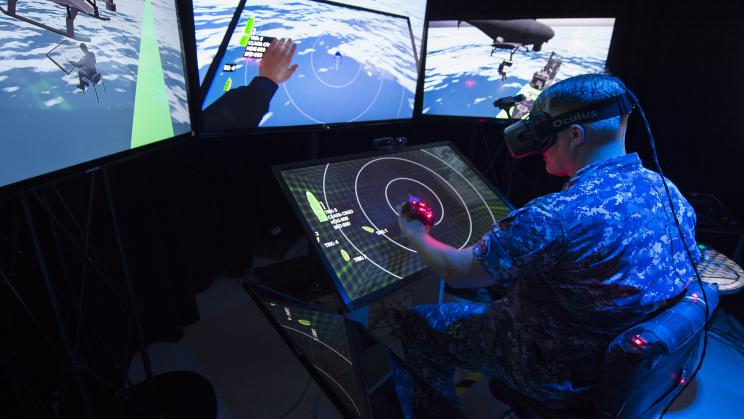
On 29 June, SIPRI hosted an online briefing to coincide with the launch of the report ‘Autonomous Weapon Systems and International Humanitarian Law: Identifying Limits and the Required Type and Degree of Human–Machine Interaction’.
The aim of the briefing was to provide an opportunity for Group of Governmental Experts (GGE) delegates to learn about, and engage with, the findings and recommendations of the SIPRI report. The interactive event facilitated an informal exchange of views on what limits international humanitarian law (IHL) already places on the development and use of autonomous weapon systems; what type and degree of human–machine interaction is required for IHL compliance; and how the normative and operational framework governing emerging technologies in the areas of lethal autonomous weapon systems may need to be clarified or developed.
Ambassador Felix Baumann, Permanent Representative of Switzerland to the Conference on Disarmament, provided opening remarks followed by an interactive discussion. Speakers included Dr Vincent Boulanin, Senior Researcher at SIPRI; Dustin Lewis, Research Director, Harvard Law School Program on International Law and Armed Conflict; and Maya Brehm, Legal Adviser, International Committee of the Red Cross. The discussion was moderated by SIPRI's Dr Sibylle Bauer, Director of Studies, Armament and Disarmament, and Laura Bruun, Research Assistant and co-author of the SIPRI report.